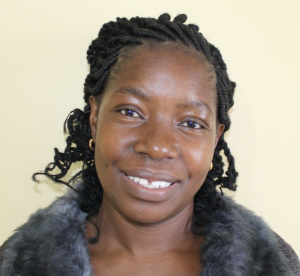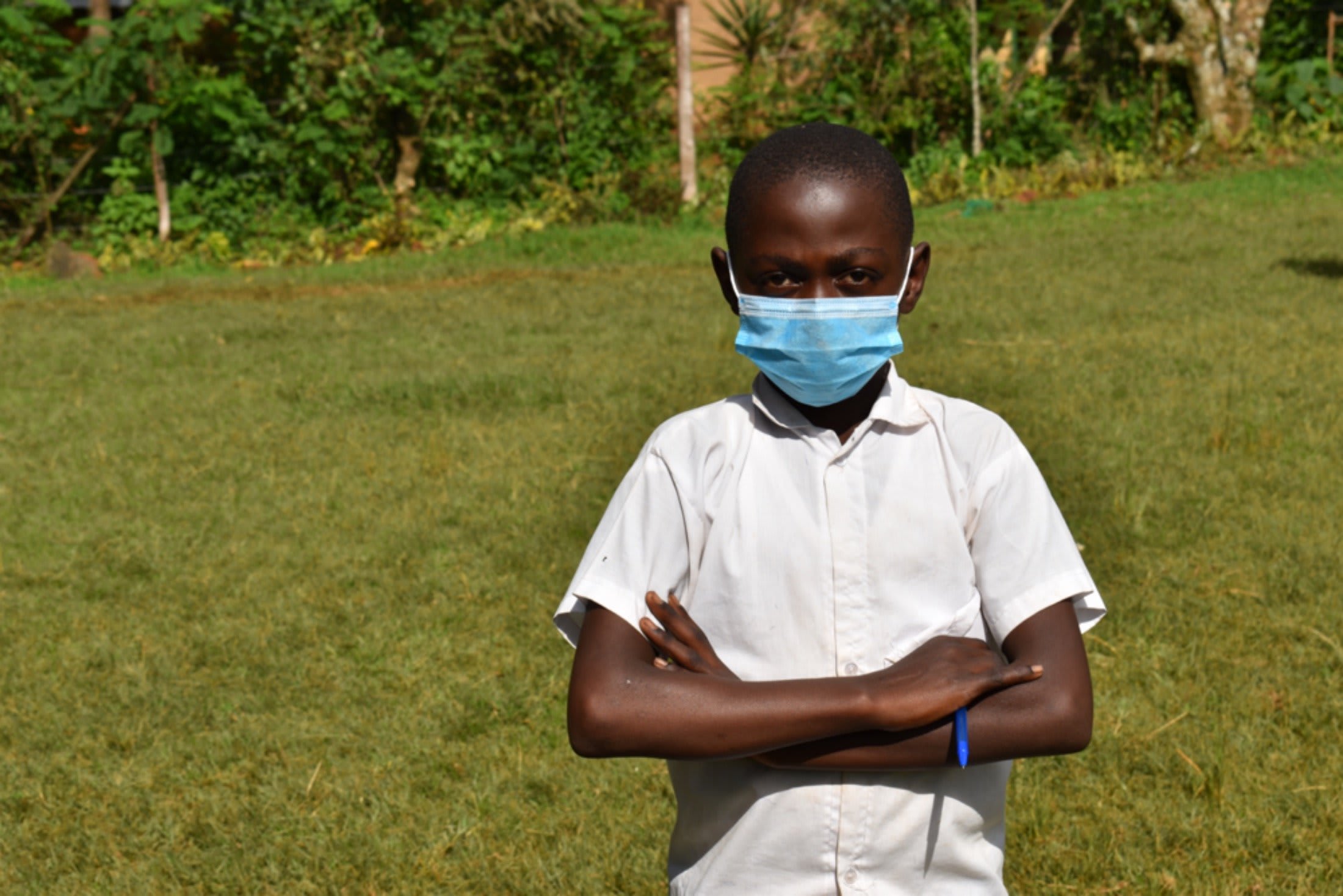"As a Headteacher, it's my responsibility to make sure that the school has a reliable source of water. But the cost of building a tank is too expensive for the school. This COVID-19 pandemic has made the situation difficult for us since the handwashing stations should have water all the time. We try our best, but the water is depleted before the end of the day," said Mr. Jackson Etemesi.
Headteacher Etemesi works at Itabalia Primary school, where there is no on-campus source of water for the 408 students and 14 teachers and staff. The school relies on students carrying water from many different sources several times to meet all of their drinking, cooking, and cleaning needs. Still, they are falling short in meeting their water needs.
Each morning, students start their day by carrying water from home to school. However, water brought from "home" cannot be trusted since some students fetch water from open pools of water and others draw water from open streams. Students' jerrycans are also very dirty both inside and out, meaning that even a clean water source would be contaminated by the time it enters the container.
Once the water runs out at school, students are sent back out to fetch more during lunch and games time. Some return home or to the streams and puddles, while others head to a protected spring in the village. Again, even the spring's safe water is put at risk by students' dirty containers. And since the water is combined for use at school, even one dirty source means the entire school is at risk of water-related illnesses.
Cases of waterborne and water-related diseases, including typhoid and diarrhea, run rampant in the school. These illnesses keep students out of class while seeking medical treatment, draining their families of their financial resources. Students miss from being sick combined with the time lost to fetching water each morning and afternoon add up to mean a lot of missed syllabus coverage. Students' academic performance is, therefore, lagging.
"We get infected by waterborne diseases due to consumption of contaminated water at school. We hope to get clean and safe water so that we can concentrate on classwork and improve the overall performance of the school," said student Sarah.
What We Can Do:
Rain Tank
A 75,000-liter rainwater catchment tank will help alleviate the water crisis at this school. The school will help collect the needed construction materials such as sand, bricks, rocks, and water for mixing cement. We will complement their materials by providing an expert team of artisans, tools, hardware, and the guttering system. Once finished, this tank will begin catching rainfall used by the school’s students and staff for drinking, handwashing, cooking, cleaning, and much more.
The school and we strongly believe that all of these components will work together to improve standards at this school, which will help lead to better student academic performance and unlock the potential for these students to live better, healthier lives.
Handwashing Stations
The student health club will oversee the two new handwashing stations we will provide and ensure they are kept clean and in working condition. The club leaders will fill the handwashing stations with water daily and make sure they are always supplied with a cleaning agent such as soap or ash.
VIP Latrines
Two triple-door latrine blocks will be constructed with local materials that the school will help gather. Three doors will serve the girls, and three doors will serve the boys. These new latrines will have cement floors designed to be easy to use and clean. And with a rain tank right on school property, there should be enough water to keep them clean.
Training on Health, Hygiene, COVID-19, and More
We will hold a one-day intensive training session with students, teachers, and parents. This training will cover a wide range of topics, including COVID-19 symptoms, transmission routes, prevention; personal and environmental hygiene; and the operation and maintenance of the rain tank, latrines, and handwashing stations. There will be a special emphasis on handwashing.
Our team of facilitators will use various methods to train, including participatory hygiene and sanitation transformation and asset-based community development. We will initiate a student health club, which will prepare students to lead other pupils into healthy habits at school and home. We will also lead lectures, group discussions and provide illustrative handouts to teach health topics and promote good hygiene practices within the school, including handwashing and water treatment. We will then conduct a series of follow-up training before transitioning to our regularly scheduled support visits throughout the year.

 Rainwater Catchment
Rainwater Catchment
 Rehabilitation Project
Rehabilitation Project










































